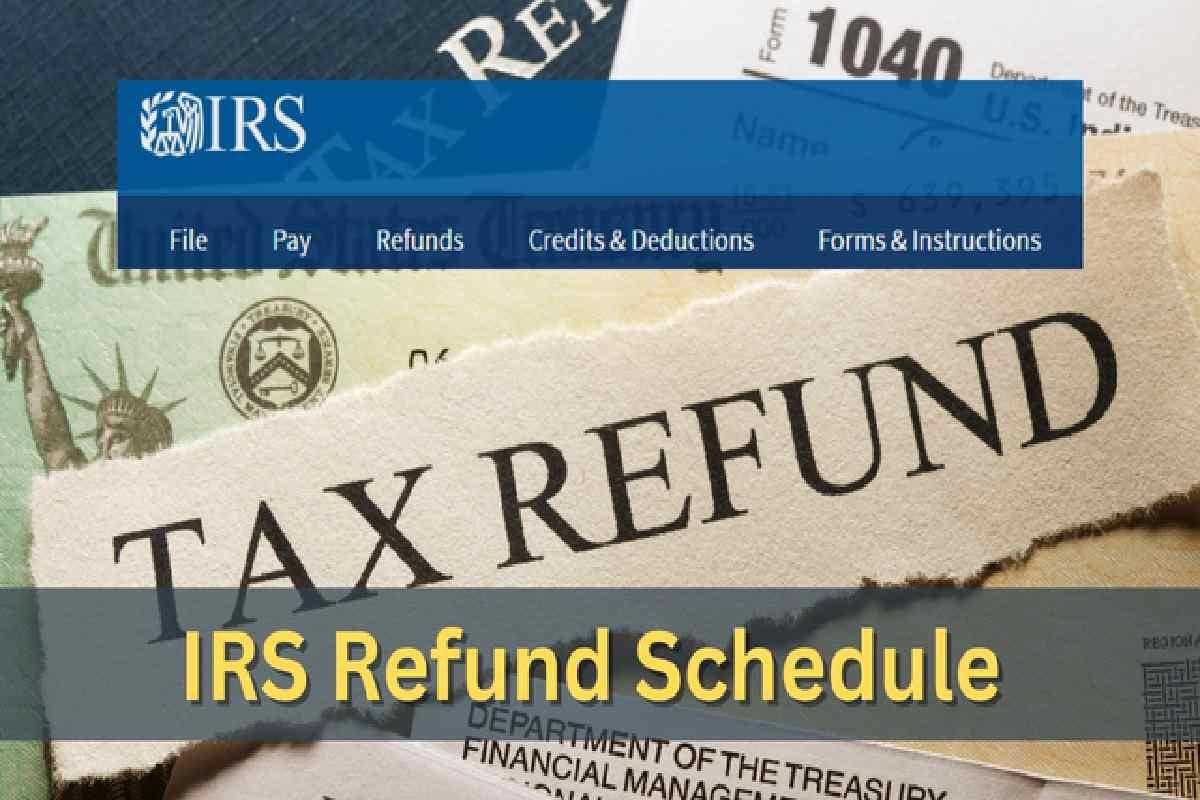As the 2024 tax season kicks off, Americans nationwide eagerly anticipate navigating the IRS Tax Refund Schedule 2024 to expedite their returns. With millions of tax filings expected, understanding the process and timelines becomes paramount for taxpayers aiming to maximize their refunds efficiently.

IRS Tax Refund Schedule 2024: Maximizing Your Returns (Photo from: Sarkari Exam)
Understanding IRS Tax Refund Schedule 2024
Taxpayers diving into the IRS Tax Refund Schedule 2024 should note the significance of early filing. With over 146 million individual tax returns projected, prompt action ensures quicker returns. The deadline, set for April 15, 2024, poses a time constraint, although Maine and Massachusetts residents gain an extension due to local holidays.
Filing promptly under the IRS Tax Refund Schedule 2024 offers a strategic advantage, especially for those in federally declared disaster areas. Such individuals may qualify for extended filing deadlines, easing the pressure amidst challenging circumstances. Direct deposit emerges as the swiftest route to refunds under the IRS Tax Refund Schedule 2024, typically disbursed within 21 days. Conversely, paper filers might encounter delays exceeding a month, highlighting the importance of choosing the proper filing method.
To track their refunds efficiently, taxpayers can utilize the “Where’s My Refund” tool on the IRS website. This resource offers real-time updates, empowering individuals to stay informed about their refund status throughout the process.
Optimizing Your Returns
Maximizing returns under the IRS Tax Refund Schedule 2024 necessitates meticulous preparation. Ensuring all required information is readily available before filing minimizes processing delays and potential refund discrepancies.
By leveraging the IRS Free File program, eligible taxpayers can access free filing services, a valuable resource unveiled on January 12. Individuals with an adjusted gross income of $79,000 or less in 2023 qualify for this service, enhancing accessibility and affordability.
Employers play a pivotal role in the tax filing process and must furnish W-2 and 1099 forms to employees by January’s end. Timely receipt of these documents facilitates seamless filing, preempting potential hurdles in the refund process.
READ ALSO: Mastering Your 2023 Tax Return: Turbocharge Your Refund And Safeguard Against Scams
















































